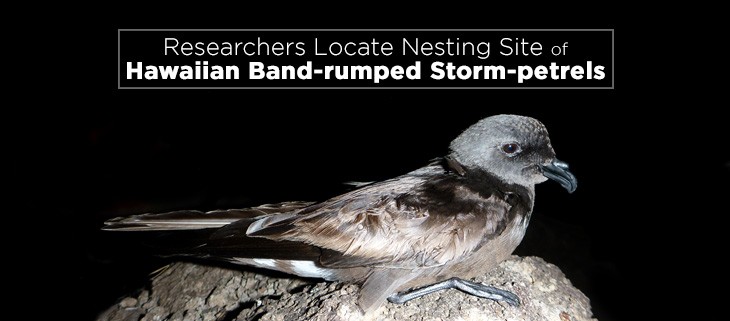May 19, 2025
UNOC 3 Position Paper
Read our position paper on The 3rd United Nations Ocean Conference (UNOC 3) to see why we're attending and what we aim to accomplish!
We use cookies to help you navigate efficiently and perform certain functions. You will find detailed information about all cookies under each consent category below.
The cookies that are categorized as "Necessary" are stored on your browser as they are essential for enabling the basic functionalities of the site. ...
Necessary cookies are required to enable the basic features of this site, such as providing secure log-in or adjusting your consent preferences. These cookies do not store any personally identifiable data.
Functional cookies help perform certain functionalities like sharing the content of the website on social media platforms, collecting feedback, and other third-party features.
Analytical cookies are used to understand how visitors interact with the website. These cookies help provide information on metrics such as the number of visitors, bounce rate, traffic source, etc.
Performance cookies are used to understand and analyze the key performance indexes of the website which helps in delivering a better user experience for the visitors.
Advertisement cookies are used to provide visitors with customized advertisements based on the pages you visited previously and to analyze the effectiveness of the ad campaigns.

7,000 feet above sea level on the Big Island’s Mauna Loa volcano, researchers have found a population of locally Endangered Band-rumped Storm-petrels. Although the species can be found throughout the Atlantic and Pacific oceans, the Hawaiian populations are not well researched.
The seabirds were believed to nest on Kauai based on observations of juvenile populations along the coast, but nesting sites had never been found. Recently, researchers were monitoring for Hawaiian petrels on the Big Island on the slopes of Mauna Loa when acoustic monitors picked up the calls of Band-rumped Storm-petrels.

Now researchers know the general location of the birds’ nests, but finding the nests, which are underground, is a challenge. Lena Schnell, Program Manager for Pohakuloa Training Area Natural Resources Office and her team searched for nests using a variety of techniques and ultimately have found two active nesting sites in the Pohakuloa Training Area between Mauna Loa, Mauna Kea, and the Hualālai volcanic mountains. These are the only known nesting sites for the birds in the state.
Plans are already underway to remove feral cats from the area; these invasive predators hunt native birds and are one of the main threats to the Endangered petrel species. Now that researchers know that the petrels do in fact nest in Hawai’i, they can work to protect the species by focusing on predator removal and hopefully give the population the boost it needs.
Featured photo: Band-rumped Storm Petrel. Credit: Andre Raine/KESPR – USFWS Pacific Region
Source: Hawai’i Public Radio
Check out other journal entries we think you might be interested in.
Notifications